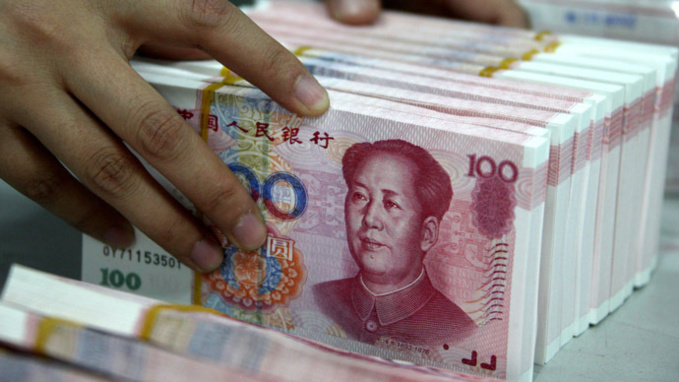Since June 15, when Washington announced the introduction of import duties in the amount of $ 34 billion, the Chinese yuan has weakened by more than 6%. This was the biggest recession since the panic in the market, observed in 2016 (the Chinese currency has been consistently strengthening since mid-2017). The Chinese Central Bank, which still influences the RMB, is partly restraining the depreciation by setting a slightly more "strong" rate than market participants (recall that the rate may fluctuate within 2% of the officially established rate).
Donald Trump, however, has once again accused China, as well as the EU, in the artificial weakening of currencies (in fact, it compensates for the effect of the announced duties). The IMF does not agree with such an assessment. The day before, the chief economist of the fund Maurice Obstfeld announced absence of any evidence of manipulation of the yuan. At the same time, the fund expects the dollar to strengthen and further expand the deficit of the current account of the United States.
The main risk for the Chinese authorities is the resumption of a large-scale outflow. More significant interventions are to be expected if its volumes reach $ 40 billion per month, Capital Economics forecasts (capital outflow in 2015-2016 is estimated at $ 640-670 billion a year, the entire Central Bank of the country sent more than $ 800 billion in reserves to support the exchange rate). According to the Institute of International Finance (IIF), the capital flight will resume if the rate drops by another 3-4% (to 7 yuan for $ 1). At the same time, the IIF does not expect a continuation of the trade or currency war, indicating that the risks for both sides are too high: previous waves of the sharp weakening of the renminbi (in August 2015 and early 2016) were accompanied by a significant drop in US indices.
source: capitaleconomics.com
Donald Trump, however, has once again accused China, as well as the EU, in the artificial weakening of currencies (in fact, it compensates for the effect of the announced duties). The IMF does not agree with such an assessment. The day before, the chief economist of the fund Maurice Obstfeld announced absence of any evidence of manipulation of the yuan. At the same time, the fund expects the dollar to strengthen and further expand the deficit of the current account of the United States.
The main risk for the Chinese authorities is the resumption of a large-scale outflow. More significant interventions are to be expected if its volumes reach $ 40 billion per month, Capital Economics forecasts (capital outflow in 2015-2016 is estimated at $ 640-670 billion a year, the entire Central Bank of the country sent more than $ 800 billion in reserves to support the exchange rate). According to the Institute of International Finance (IIF), the capital flight will resume if the rate drops by another 3-4% (to 7 yuan for $ 1). At the same time, the IIF does not expect a continuation of the trade or currency war, indicating that the risks for both sides are too high: previous waves of the sharp weakening of the renminbi (in August 2015 and early 2016) were accompanied by a significant drop in US indices.
source: capitaleconomics.com



















